
7 minute read
Better Bathroom Lighting
from Good to Be Home
by Kelli Grant
Real estate investment is exciting, but not everyone has the means to finance a portfolio of homes. Enter house hacking, a popular shortcut to real estate investment designed for those who are willing to put a little more personal time and effort into achieving their investment goals.
There are a variety of ways to house hack—from purchasing a home and renting it out to roommates or on Airbnb to buying a duplex, triplex, or quad and living in one unit while renting out the others. Some house hackers buy a home with an accessory dwelling unit (ADU), such as a garage apartment or pool house, and rent out the extra space or, on occasion, rent out the larger space and live in the smaller one.
Advertisement
Essentially, house hacking involves using OPM (Other People’s Money) to pay down the mortgage and then using the equity to buy another house and another after that. Houses can be hacked year after year until you’ve built up the portfolio you want to manage long term.


Some house hackers buy a home with an accessory dwelling unit (ADU), such as a garage apartment, and rent out the extra space or rent out the larger space and live in the smaller one.
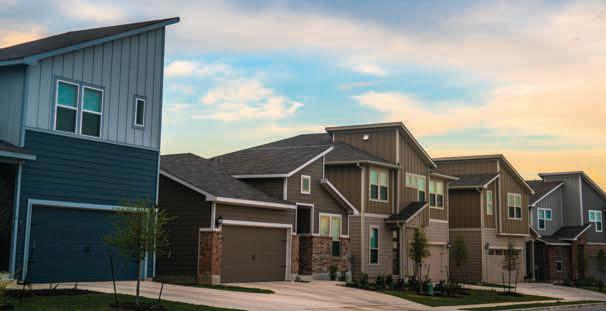

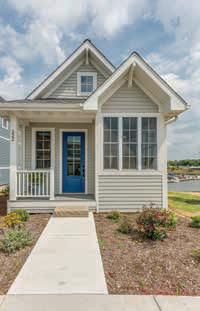
The return of the downsized home
With record-high home prices, some older homeowners may be unable to resist the lure of selling their big family home at a premium and then buying a smaller home or simpler-to-maintain retirement condo. This could be especially tempting for people in preretirement whose careers were disrupted by the pandemic or for those who find themselves with insufficient income in retirement.
In addition, the Great Relocation may mean that many families find themselves with less need for a large space to gather. If the kids and grandkids are now living farther away, many retirees and preretirees may once again be thinking about downsizing.

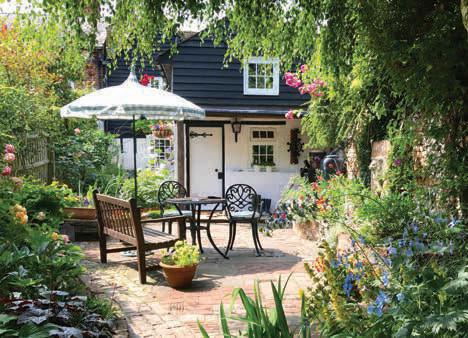
Multigenerational living
On the other side of the equation, some extended families may have decided to blend their households. This offers a way of dealing with the challenge of affordability and allows older family members to retire in place.
Making a home suitable for multigenerational living may mean making alterations to the home’s interior to improve accessibility, adding space on the main level, splitting up an open-concept home into discrete spaces, or adding a dedicated exterior entrance. Work together to ensure the changes you make are agreeable for everyone and that everyone has input on the transition.

Fixer-uppers and additions
During the buyers’ market of the late 2000s and early 2010s, buyers came to expect that they would be able to demand turnkey homes in their neighborhoods of choice. They got used to having everything on their wish lists, including laundry lists of repairs following the home inspections. In most cases, those days are over, and buyers may now need to put in some work to create their dream homes.
From adding space to doing their own repairs and upgrades, buyers will find more to choose from in a low-inventory market if they’re willing to contribute some elbow grease. If you’re thinking about buying a fixer-upper, talk to a trusted real estate professional to find a reliable contractor or reach out for a highly rated and well-reviewed gig worker on platforms like TaskRabbit.

Exceptional outdoor spaces
Outdoor spaces have been at a premium throughout the pandemic, and there’s no sign of this slowing down. Whether you’re looking for a single-family home with a big backyard or a balcony attached to a city condo, everyone wants a little spot for alfresco living. Spending more than two years indoors seems to have given everyone a new appreciation for wide-open spaces, wherever they can be found.
If you’re thinking ahead to your next move, a real estate professional has the guidance and insight you need to see what’s coming up on the road ahead and can help you prepare for it.
FROST-RESISTANT
FOR YOUR home & garden

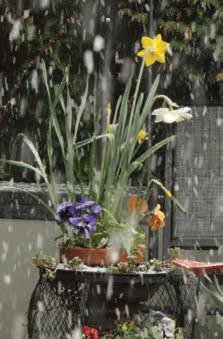

written by: RACHEL STEVENS
Plants can bring so much joy to a home, so it can be discouraging when cold weather and a lack of sunlight force you to scale back your indoor and outdoor gardening. However, there are many beautiful cool-weather plants that can adorn your home in the winter months.
FLOWERS
Having the colors of spring around during winter can help lift your spirits if you’re wishing for a quick return to the colorful outside blooms.
Lilies of the valley – Though they look dainty, lilies of the valley are strong. Be sure to keep them in their own pots and away from children and pets because they are toxic when consumed.
Pansies – If you want color that won’t quit, plant some pansies. These impressive flowers can survive temperature fluctuations into the single digits, making them perfect blooms for unpredictable winters.
Peonies – These gorgeous flowers require a cold period to bloom properly. Plant them in fall, and let them grow through the winter for beautiful blooms in early spring.
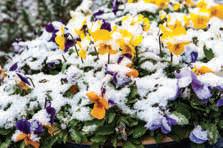
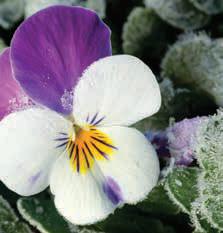

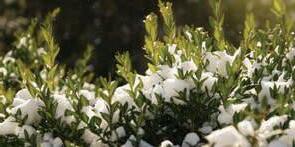
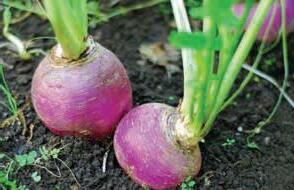

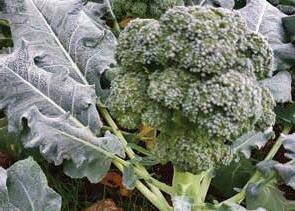
A classic piece of greenery can tie together your decor and add curb appeal to your home's exterior.
Hostas – These shade-loving perennials are the perfect choice for your indoor plant stands. Hostas come in many sizes, textures, and colors, so be sure to find a variety that matches your interior.
Boxwoods – You can’t go wrong with the timeless look of a boxwood. Plant these shrubs at the front of your house for an instant winter curb appeal boost or to add privacy.
Siberian cypress – As its name suggests, the Siberian cypress grows naturally in Russia, so it should be just fine growing its dense and lush spearmint-green branches in your yard.
PRODUCE
Yes, you can still grow produce during the winter! You may not be able to grow your summer favorites, but there are a few winter veggies you can harvest and enjoy in soups and stews.
Broccoli – This versatile veggie can withstand extremely cold climates, but it does need sun. Plant the seeds in a sunny area of your yard in early fall to give them time to grow fully through winter.
Kale – Kale not only tastes great but also is pleasing to the eye and easy to grow. The deep-green leaves of kale will also bring some color back to your garden.
Turnips – You can see the green tops of this delicious root vegetable growing even in the cold. Since most of the vegetable is underground, snow won’t ruin it. Additionally, when boiled, turnips can add great flavor to your dishes!

Front of Tear Out Card 2


Kelli Grant Group, CLHMS, RSPS
REALTORS®
Office: (480) 779-9656 Email: YourTeam@KelliGrantGroup.com
www.KelliGrantGroup.com
Keller Williams Arizona Realty
5355 E High St Ste 129 Phoenix, AZ 85050
Back of Tear Out Card 2

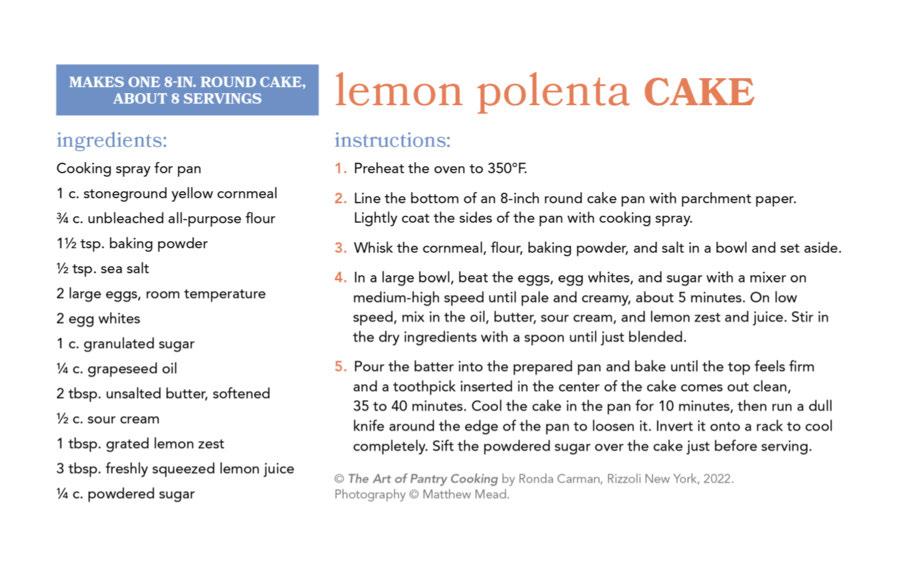
***********AUTO**5-DIGIT 19406 Their Name 1100 FIRST AVE STE 200 KING OF PRUSSIA, PA 19406


Kelli Grant Group
Keller Williams Arizona Realty 5355 E High St Suite 129 Phoenix, AZ 85054 Email: Kelli@KelliGrantGroup.com (602) 799-5420


